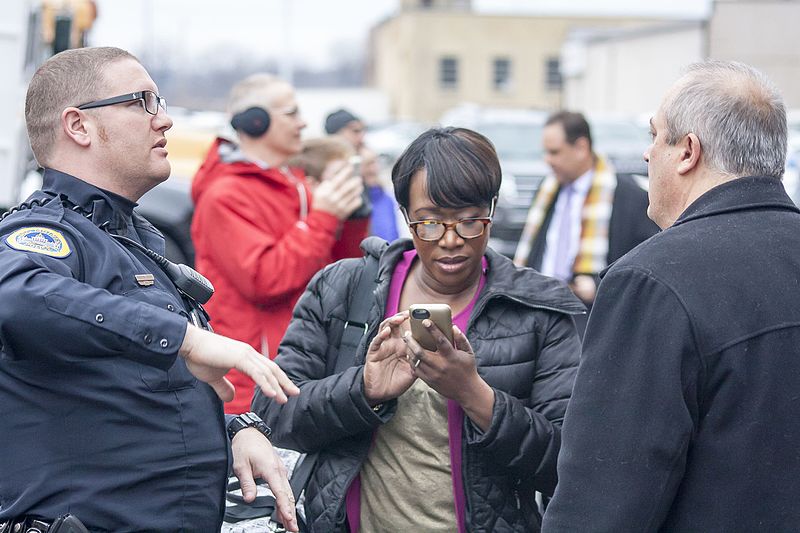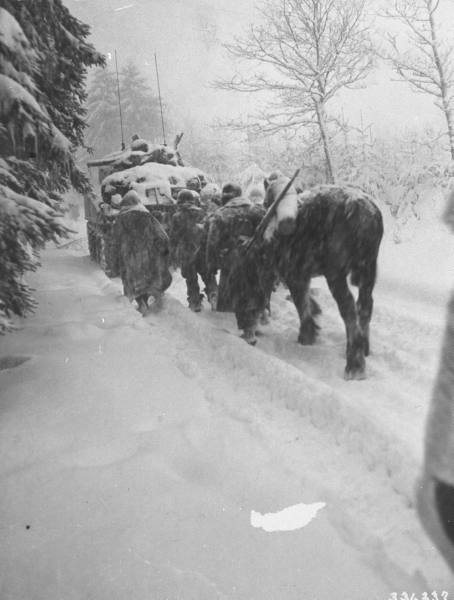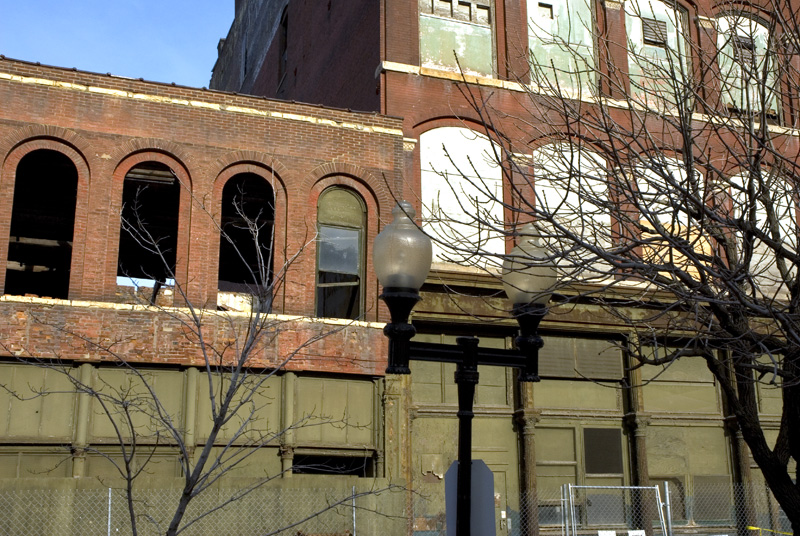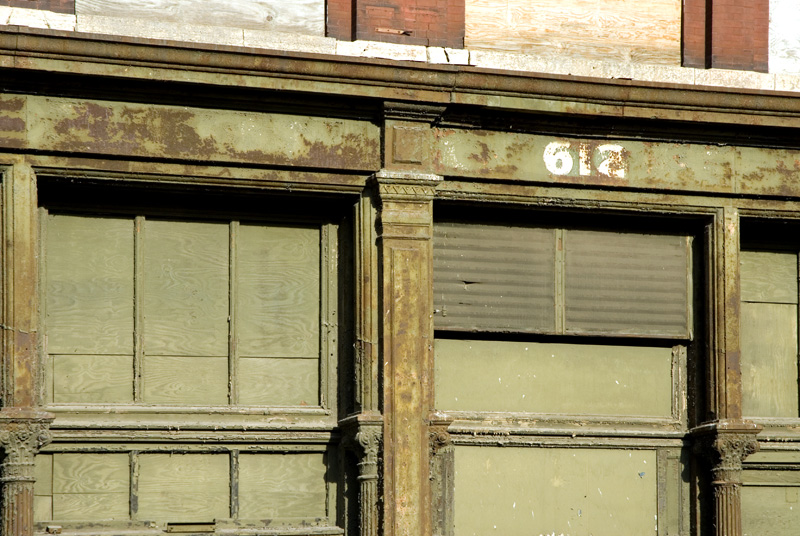I’m not sure when I’ll be able to return to my search, but I hope to sometime in the near future. I’m trying to find a Lacey Smith, though he’s long been dead and the only event of any note in his life that I can see is he shot and killed Polk Grimes the first of February 1, 1870 in a town called Jollification.
I discovered Lacey Smith by accident when I was looking for Missouri mills and discovered the Jolly Mill. Jolly, short for Jollification; so named, as the good rumor goes, but not fact as the stuffier insist, because of the whiskey mill that formed the heart of this small but thriving community nestled against a limestone hill and surrounded by good corn growing land.
The town died, oh long ago, when the train came through…elsewhere. At its time though, it was something, but that was before the Union soldiers burned the town down during the Civil war, it is said though I can’t find any real record of the Union army actually setting fire to the town. The Union soldiers came through several times, killed people, but no one ever mentioned about Sargent Whatsit lighting a match and saying to the troops, “Watch this town light up like the 4th of July, boys!” That’s what I would have said.
The mill still stands, bought by people in the county and turned into a park with picnic tables and such. They also recreated the town from descriptions, and moved a one room school house to the site. I went out there in early fall to take photos and check out the place where Lacey Smith shot Polk Grimes, but was a bit disappointed. Oh the mill is nice and the school is quaint, but across the pond are homes of people wealthy enough so that no matter how hard you looked, you couldn’t see a thing other than “No trespassing”. The sun was too hot for good photos, but I did enjoy the turtles on the logs and a white heron that seemed as curious about me as I was about him.
He walked in the water on the opposite side of the pond from me, until I got to the mill and went out as far as I could on the rocks near the building and he went out on the rocks across from me and we just stared at each other until he finally decided I wasn’t all that interesting and took off: long skinny black legs pulled straight back, body like a bullet in flight.
The caretaker and her two young children were at the faux village; she was mowing and the kids were playing. I think I asked something, not sure what, and she was polite but not over friendly. I was going to ask where the Grimes family cemetery was, to see where Polk was buried, but felt uncomfortable.
There was old Baptist church with a cemetery on the road to the Mill, so I made do with it. I stopped on the way back and walked among the stones, trying to see if Lacey was among them (“…strung up for killing that poor boy, Polk…”). No such luck. I did find one Grimes, by marriage only though. I wondered that she was buried with her family rather than her husband.
I liked the old church. It reminded of the story–I think it was in “Let us Now Praise Famous Men”, by James Agee and Walker Evans–about them stopping by a plain white back country church alongside a dusty road in the south, when a young black couple came walking by. I can remember the words, about the couple walking side by side only their hips touching; the clean white of their clothes; not saying a word–I wish I could write like this, where you still see the picture the words formed long after you forgot where you read them.
No young black couple that day, but a couple of farm dogs came towards me out of one of the fields of uncut hay. They were silent, just a determined march through the field: one mottled black, white, and brown, the other, one of those dogs with light blue eyes. I measured my distance to the car in heart beats; I’ve always been afraid of the loose dogs along the Missouri back roads. I walked, did not run, to the car but only breathed when I was inside. Turning around, I saw the dogs cross the road behind me, not once looking my way, just continuing the same determined, silent march into the next field.
Of the Grimes, James P. “Polk” Grimes’ father was William Grimes who himself was murdered in 1878. The man who murdered him, by the name of Connor or O’Connor was tried once, convicted, and then tried again and convicted again. I figured this had something to do with his lawyers because Goodspeed’s historian wrote about how they “…worked the law through all its many crevices.”
William’s father was Gainsford Grimes from England who came over to America just in time to fight with George Washington. After having done so, Mr. Grimes returned to England after the war to take a bride, a Nancy Poe. A “…member of the celebrated Poe family, who about this time immigrated to America. This also according to Goodspeed’s 1888 History of Newton County.
Anyway, among Nancy Poe’s famous relatives was Aaron Poe, the ‘celebrated indian fighter’. It took the longest time before I decided to try a variation on the name to realize that the historian got the name wrong; he meant AndrewPoe. Andrew was a celebrated indian fighter in the Ohio valley area, and ended up having another son who also became a famous indian fighter. Whether Andrew and Nancy were related to that other famous Poe, Edgar Allen, is difficult to say; their ancestors all came from England about the same time. Cousins, let’s make them cousins. Heck, yeah that works. History doesn’t have to be factual, only interesting. You wait, and I’ll work Jesse James into this, too.
There’s an interesting story behind the Goodspeed histories. Goodspeed was a small publishing house in the 1800’s that published complete histories of several midwestern and southern counties. I find the one from Newton county to be enormously entertaining. For instance, from the “crime” section:
Horace Tongue, who shot and killed Samuel Rice, at Neosho, in the Spring of 1856, was tried, but acquitted, as the murdered man interfered in his family.
Reece Crabtree was wounded near Pilot Grove by Confederates, but while en route to Neosho, died. Immediately after, bushwhackers arrived to kill him outright, but, finding him dead, departed.
John C. Moss, who resided five miles south of Joplin, believed himself to be Christ in the summer of 1881, and was placed in jail by Sherriff McElhaney. At the time Hall, another insane man confined there, hearing the yells of Moss, said to the latter: “Get up from there and stop your howlin’; I believe you are crazy anyhow.” It was this Hall, on being led to a spring, would play in the water like a duck.
A dead body, supposed to be that of Jesse James, was found by miners eight miles south of Joplin, in November, 1879.
The same time Lacey Smith killed Polk Grimes, the James gang were riding the lands of Missouri robbing banks and avenging the Confederacy; joining with other so-called Bushwhackers–former confederate soldiers unhappy at the outcome of the war. Missouri probably has more caves than almost any where else, and every one of them harbored a bushwhacker at some point. But that leads us back to the day when Lacey Smith shot and killed Polk Grimes.
Polk was only 25 and Smith not much older, but why the one shot another I don’t know. When I go to Columbus and look through the old newspaper archives, maybe I’ll find out the whys and wherefores. “Lacey Smith killed Polk Grimes for messin’ with his family”, or some such thing. The Grimes served in the Confederacy, and some say that Newton county had its own civil war; that brother killing brother wasn’t so far off. Maybe Smith was a Union sympathizer but if so, he should have been the dead one because there was no sympathy for the Union in Jollification–after all, they did burn down the town. Not the Mill, though.
On February 10, ten days after Lacey Smith shot and killed James P. “Polk” Grimes, the Neosho Times reported that Smith was tried and committed for action by the grand jury by one Wolcott and Smith Esquire, (we’re assuming no relation to the accused). Two guards were assigned to take him to Neosho, but between Jolly and Neosho, all three disappeared. Several days later, the papers the guards were carrying showed up, folded neat as a pin and laid on the porch of Grave’s & Co, a store co-operative in Neosho.
You see now? It was interesting to read about the three going missing, but people go missing all the time and back in those days and in that area, a lot of people went missing and died, or just plain died. But it was the papers, folded up and left on the store’s porch–now that just catches at you.











